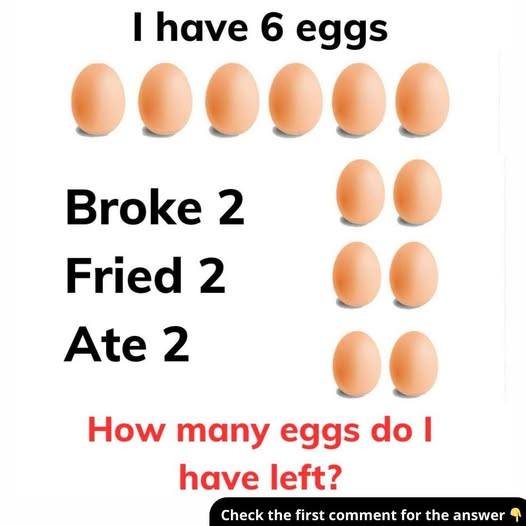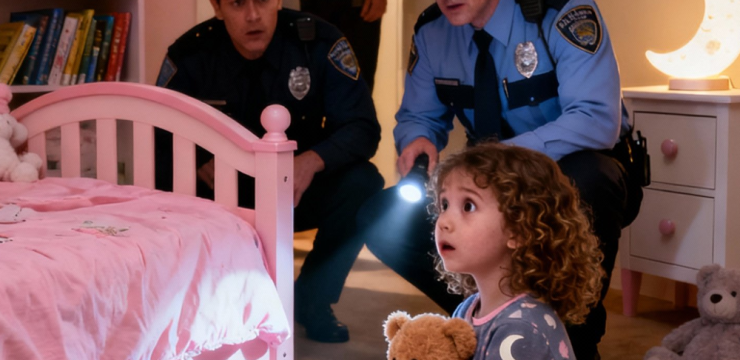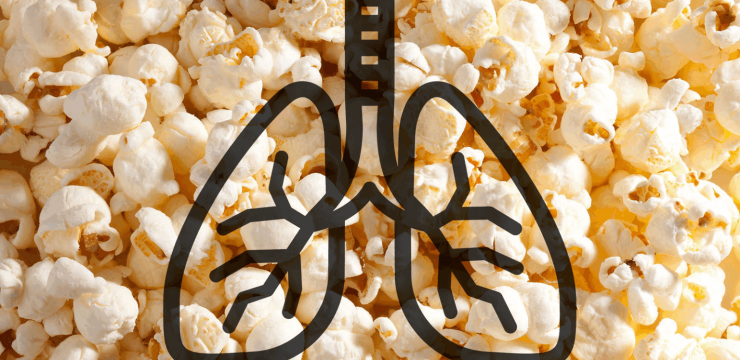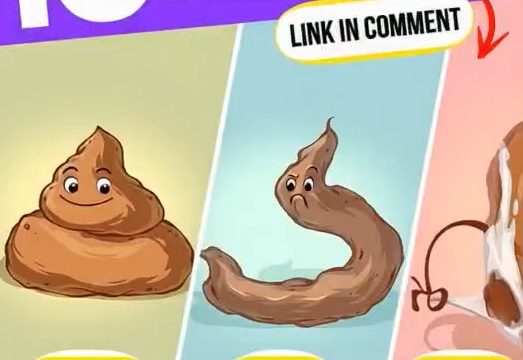Riddles, brainteasers, and tricky word problems have long fascinated people of all ages. They’re more than just a fun way to pass time—they push your brain to think outside the box, question assumptions, and challenge your logic. One riddle in particular has gone viral, leaving people scratching their heads and second-guessing themselves: “You have six eggs. You break two, you fry two, and you eat two. How many eggs are left?” Sounds easy, right? But the answer is not what most expect. Let’s break it down and uncover why this seemingly simple question throws so many people off.

The Riddle That’s Tricking Everyone
When most people hear this riddle, their brains immediately jump into action. Some think it’s a math question and start subtracting. Others try to visualize the process—six eggs, then actions that reduce the number. But more often than not, they end up with the wrong answer. So what is the correct answer?
Believe it or not, the answer is four eggs left.
Let’s walk through the logic step by step so you can see how it all makes sense.
Step-by-Step Breakdown of the Riddle
1. “You have six eggs.”
This part sets the stage. You begin with six whole eggs. Nothing has happened to them yet, so your inventory is still six eggs.
2. “You break two.”
Now, you crack two of those eggs. But breaking an egg doesn’t mean it disappears. It just changes form—from whole to cracked. The contents of the egg are still there, ready for the next step. So at this point, you still physically have all six eggs—two broken and four untouched.
3. “You fry two.”
Here’s the part where people tend to get confused. Many assume you’re using two additional eggs to fry, bringing the total used to four. But the riddle doesn’t say that. You’re frying two eggs—but likely the same two that were already broken. After all, you break eggs to cook them, right? So the two fried eggs are the same ones you just cracked. Still, you haven’t touched the other four eggs.
4. “You eat two.”
Again, this refers to the same two eggs that were broken and fried. You’re not using new eggs to eat—you’re just completing the process with the same original two. So by this point, you’ve broken, cooked, and eaten two eggs, all in a continuous sequence. The remaining four eggs have been completely untouched.
The Final Answer: Four Eggs Left
So, when it’s all said and done, how many eggs are left? You started with six, and while you used two of them for cooking and eating, they’re the same two eggs. That leaves four eggs still sitting there, unbroken and unused.
It’s a classic example of how riddles use wording to mislead or distract. If you don’t slow down and think critically, it’s easy to fall into the trap of adding up steps instead of considering whether the same items are being reused.
Why These Kinds of Riddles Are Good for You
You might think riddles are just light-hearted brain games, but they actually offer several cognitive benefits:
-
They enhance critical thinking: Riddles force your brain to slow down and look at problems from different angles. This trains you to think more clearly and solve problems more effectively in real-life situations.
-
They improve attention to detail: Success with riddles often comes down to the small things—like understanding whether the eggs are reused or new. That kind of precision thinking translates into sharper focus overall.
-
They boost creativity: Not all puzzles are black and white. Riddles often require imaginative thinking and a willingness to explore outside-the-box solutions.
-
They help with stress relief: Believe it or not, many people find working through brainteasers soothing. They offer a temporary escape from life’s stressors and give your mind something fun to chew on.
Final Thoughts: Think Before You Jump
This egg riddle is more than just a brain teaser—it’s a great reminder of how easy it is to make assumptions. In our fast-paced world, we often rush to conclusions without taking the time to really analyze the details. But slowing down and thinking things through carefully can help you see what’s really going on—whether in a riddle or in real life.
So next time you come across a puzzling question or a quirky brain teaser, take a moment to break it down logically. Ask yourself if you’re making any assumptions or missing something simple. You might just find that you’re smarter—and more observant—than you thought.
And who knows? You might stump your friends with this egg riddle next time you’re looking for a fun conversation starter!





